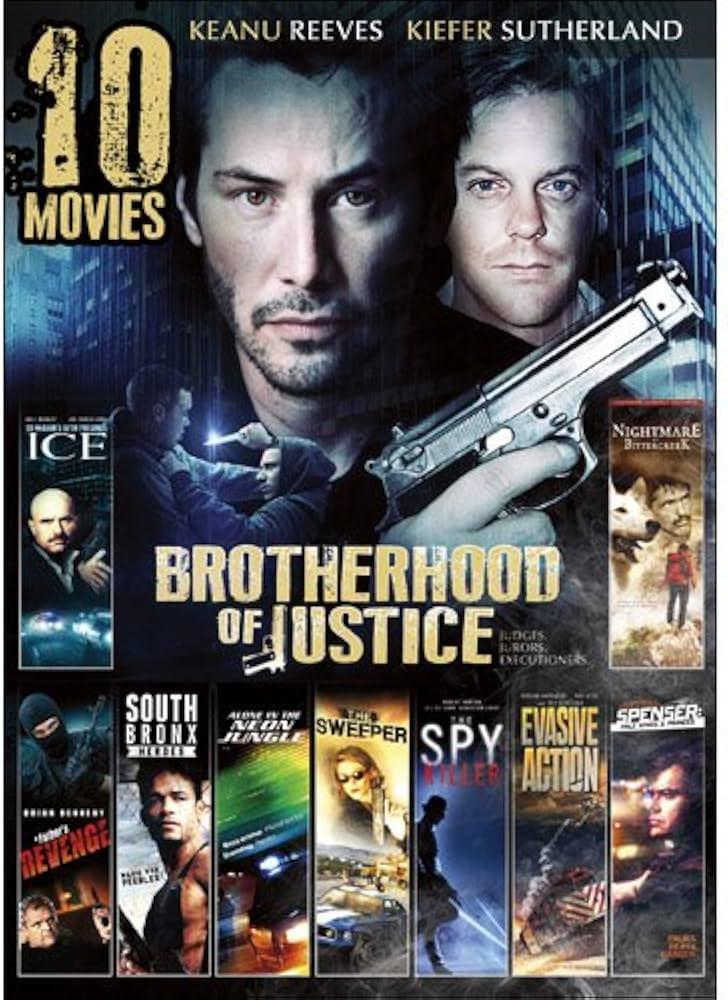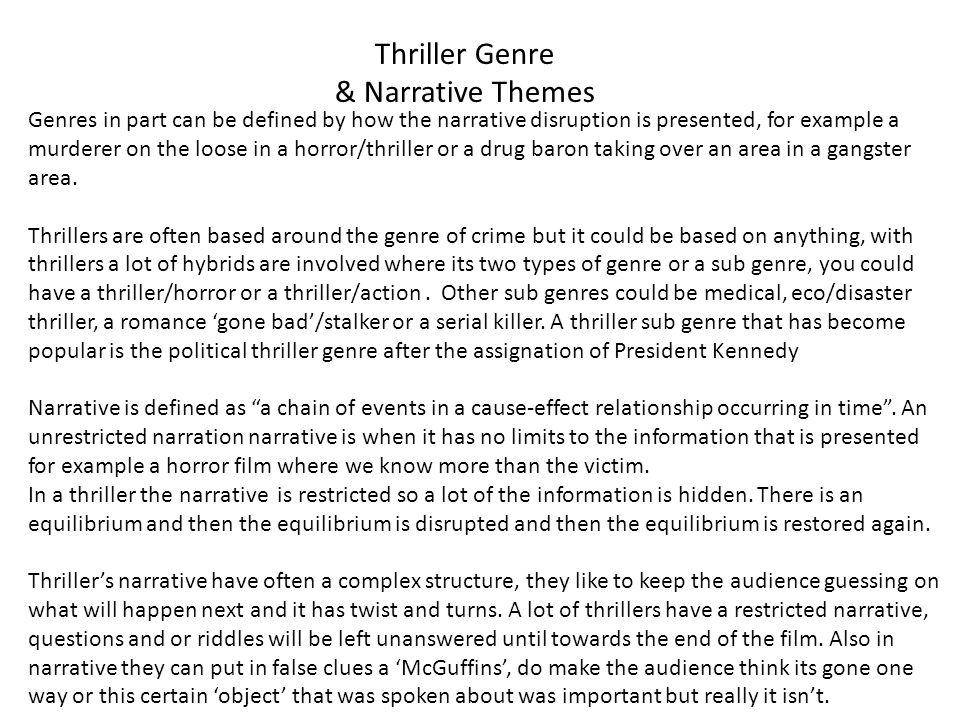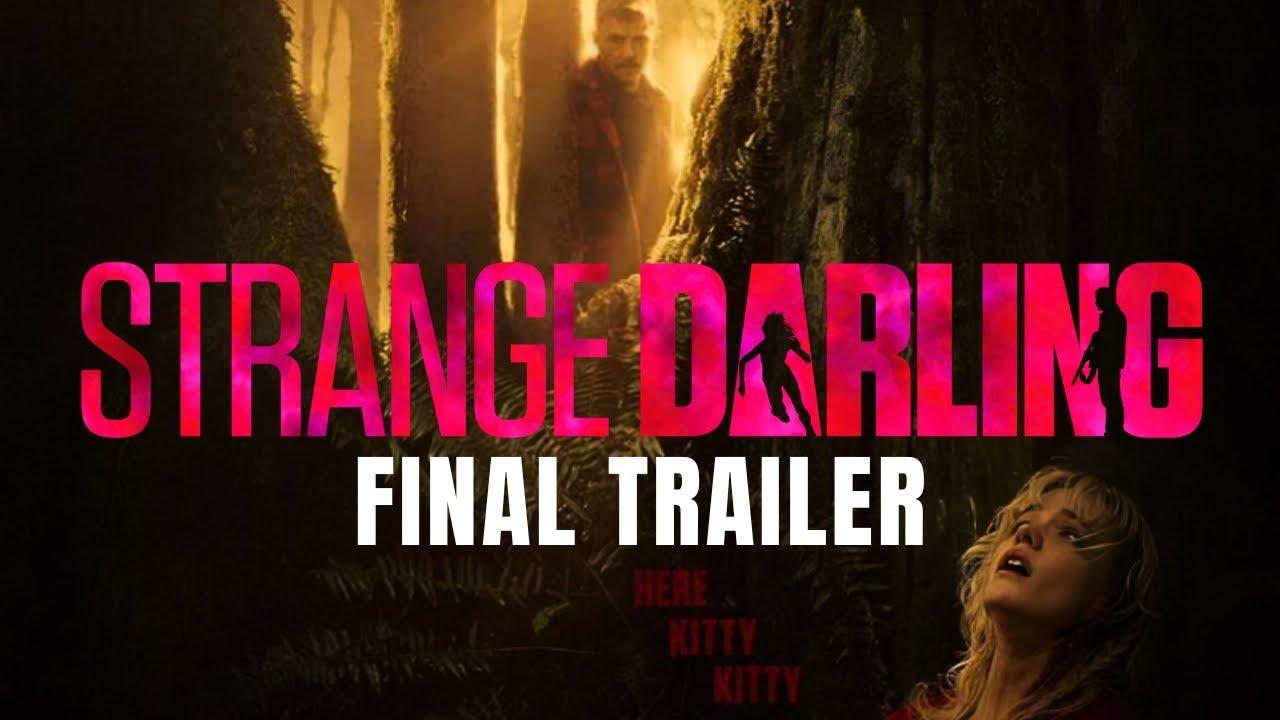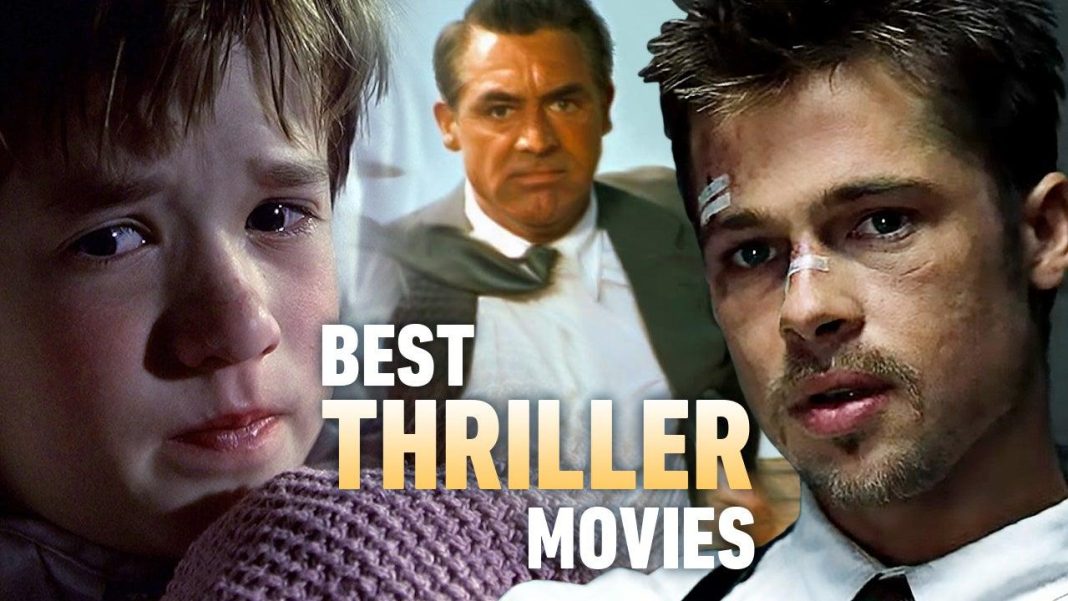In recent years, the thriller genre has captivated audiences with its unique ability to intertwine suspense, mystery, and psychological intrigue. However, a growing discourse among film critics and enthusiasts suggests that thriller movies may be increasingly leaning on predictable plot twists as a narrative crutch. This reliance raises important questions about the creative direction of the genre and its impact on viewer engagement. Are these anticipated twists diminishing the thrill, or do they still hold the power to captivate an audience? This article delves into the evolving landscape of thriller films, examining whether the predictability of plot twists undermines the genre’s foundational promise of suspense and surprise, or if it reflects a deeper trend in modern storytelling.
Exploring the Prevalence of Predictable Twists in Modern Thriller Films
In recent years, the thriller genre has seen a surge in films that hinge on the dramatic reveal of a plot twist. While these twists are designed to leave audiences gasping, a growing number of moviegoers and critics argue that many of these twists have become formulaic and predictable. This raises a critical question about the creative direction of the genre: are filmmakers relying too heavily on a tried-and-true formula rather than crafting original narratives? Thriller films often employ familiar tropes, such as the “unreliable narrator” or the “double-cross,” which can sometimes lead to a sense of déjà vu among viewers. As these plot devices become more ubiquitous, the element of surprise that once defined the genre may be diminishing, prompting a reevaluation of what truly constitutes a compelling thriller.
Several factors contribute to this perceived predictability. Key elements include:
- Market trends: With studios eager to replicate past successes, there is a tendency to follow a formula that has proven profitable.
- Audience expectations: Viewers familiar with the genre may anticipate common twists, reducing their impact.
- Screenwriting formulas: Popular screenwriting guides often emphasize plot structures that can inadvertently lead to similar story arcs.
To reinvigorate the genre, filmmakers might consider experimenting with unconventional narrative structures or incorporating lesser-known psychological principles to create genuinely unexpected plot developments. By doing so, they could restore the thrill in thrillers, engaging audiences with fresh and innovative storytelling.

Analyzing the Impact of Formulaic Plot Devices on Audience Engagement
In recent years, thriller movies have increasingly come under scrutiny for their reliance on formulaic plot devices, particularly the use of predictable twists. While these twists can be entertaining, their overuse has raised questions about their impact on audience engagement. Predictable plot twists often result in a diminished viewing experience, as audiences become adept at identifying patterns and anticipating outcomes. This predictability can lead to a lack of emotional investment, ultimately affecting the film’s ability to maintain suspense and intrigue.
However, the reliance on such devices is not without its benefits. Advantages of using formulaic plot elements include:
- Providing a familiar framework that can attract a wide audience.
- Enabling filmmakers to focus on other aspects like character development or cinematography.
- Allowing for a faster production process by adhering to established storytelling structures.
Ultimately, the challenge for filmmakers lies in balancing the use of conventional plot devices with innovative storytelling techniques. By doing so, they can cater to both the expectations of a mainstream audience and the desire for originality, ensuring that thrillers remain a dynamic and engaging genre.

Examining the Balance Between Innovation and Familiarity in Thriller Narratives
In the realm of thriller movies, the dance between innovation and familiarity often dictates the audience’s engagement and satisfaction. While audiences crave the adrenaline rush of unexpected twists, there’s a growing sentiment that many films lean too heavily on recycled plot devices. This reliance on predictable elements can lead to a narrative staleness, where the thrill of the unexpected is diluted by a sense of déjà vu. Filmmakers face the challenge of striking a delicate balance, ensuring that while certain tropes provide a comforting sense of familiarity, they don’t overshadow the fresh and innovative storytelling that keeps viewers on the edge of their seats.
Key elements that often contribute to predictability include:
- The ‘Red Herring’ Technique: Often used to mislead audiences, but when overused, it becomes easily identifiable.
- The ‘Hero’s Journey’: A classic narrative structure that can feel formulaic if not executed with a unique twist.
- Character Archetypes: The seasoned detective, the mysterious stranger, and the unsuspecting victim, which can sometimes feel overplayed.
To revitalize the genre, directors and screenwriters are encouraged to explore new narrative structures, diverse character arcs, and unconventional settings. Embracing technology and social issues, for instance, can introduce novel plotlines that resonate with modern audiences, thus rejuvenating the thrill inherent in the genre. By weaving in elements of surprise that challenge the conventional formula, thriller narratives can evolve while still honoring the elements that have historically captivated audiences.

Recommendations for Enhancing Unpredictability in Future Thriller Productions
- Invest in Character Development: Delving deeper into the psychology and backstory of characters can create more layered narratives, allowing for unexpected decisions and actions that defy audience expectations. This complexity not only makes characters more relatable but also amplifies the tension when their choices drive the plot in unforeseen directions.
- Subvert Traditional Tropes: Many thrillers rely on familiar tropes that audiences have come to expect. By deliberately subverting these conventions, filmmakers can keep viewers on their toes. This might involve reversing roles, altering typical narrative structures, or introducing seemingly irrelevant plot elements that gain significance as the story unfolds.
- Embrace Ambiguity: Instead of providing clear-cut resolutions, consider leaving certain plot points open to interpretation. This approach not only invites viewers to engage more deeply with the material but also fosters discussion and debate, prolonging the film’s impact beyond its runtime.
- Leverage Innovative Storytelling Techniques: Experimenting with non-linear narratives, unreliable narrators, or unconventional timelines can create a sense of disorientation and suspense. These techniques can challenge the audience’s perception of reality within the film, making the storyline more intriguing and less predictable.







































